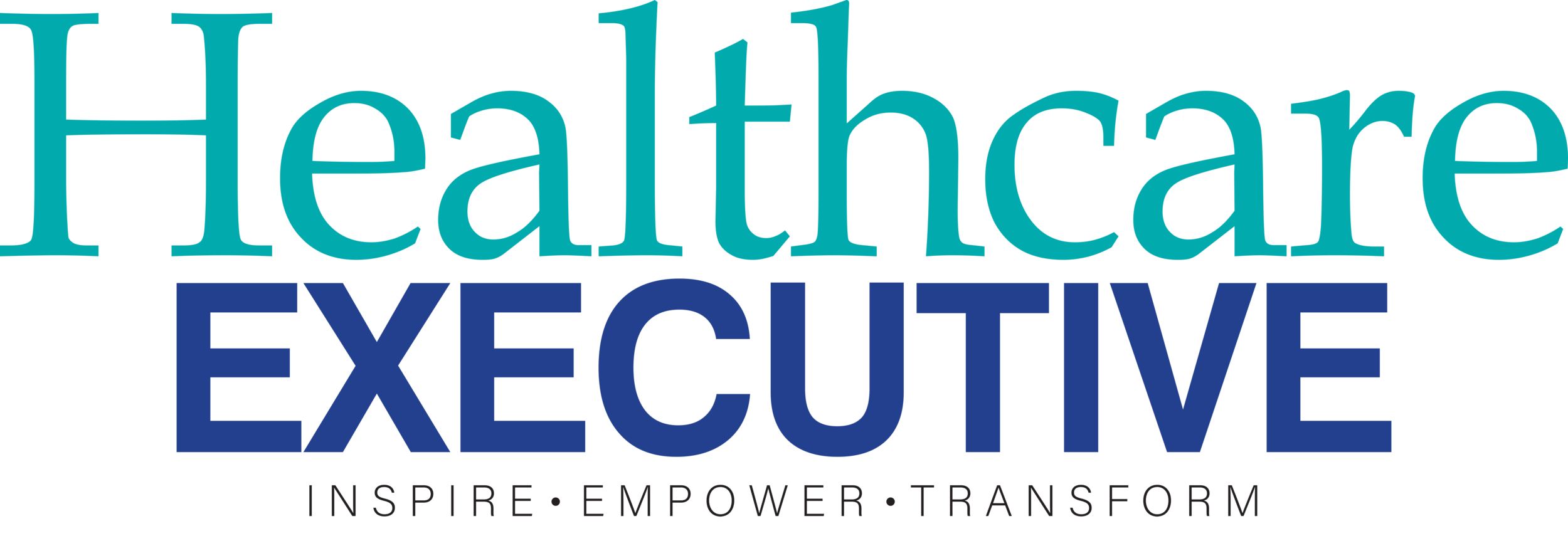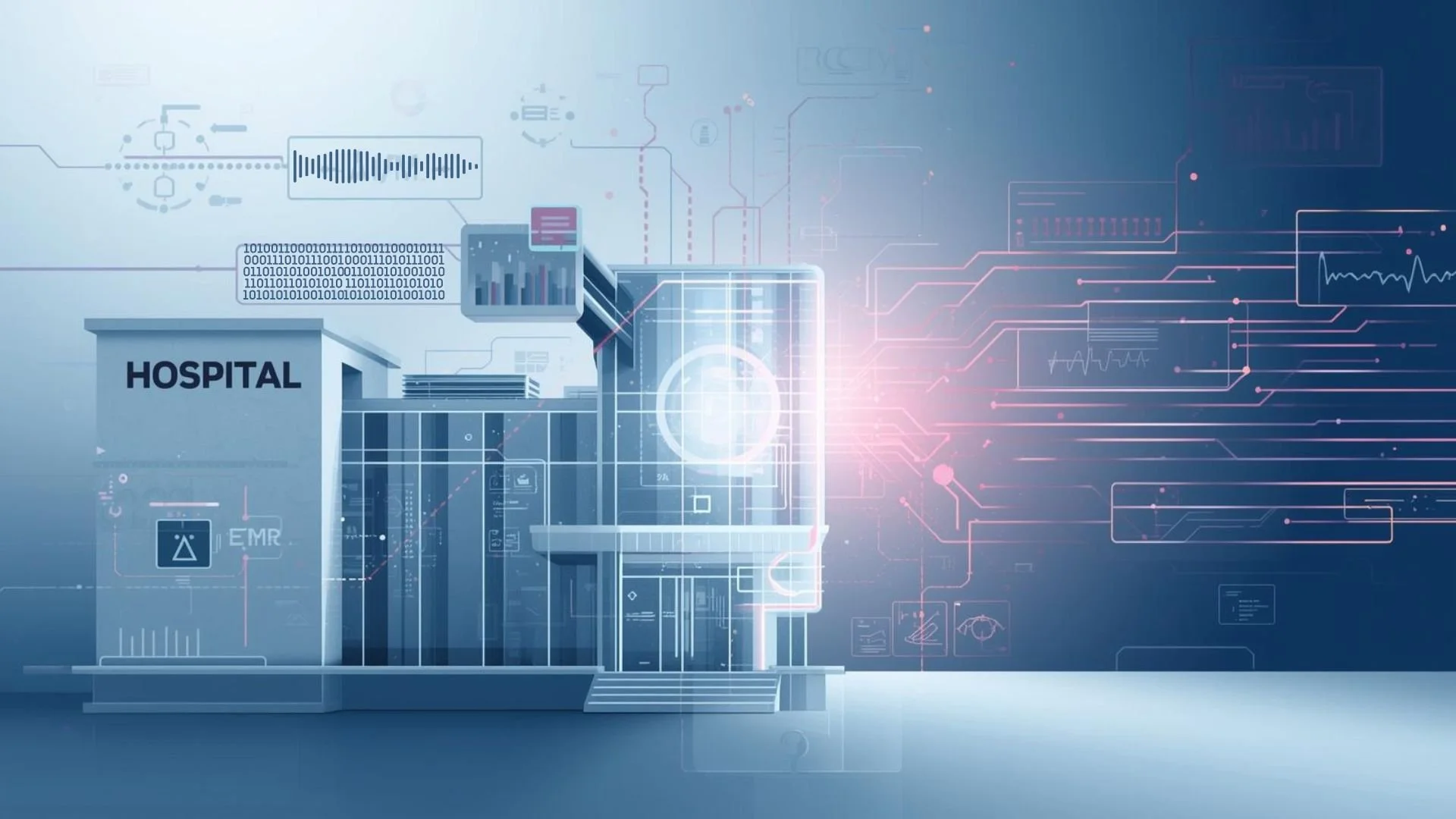From Legibility to Leverage: Dense Data + Mature ML Changed EMRs
By Arunima Rajan
In an interview with Arunima Rajan, Rustom Lawyer, Co-Founder and CEO of Augnito, says that for India's private hospital chains, EMR adoption is rapidly moving beyond a compliance checkbox to become a significant competitive differentiator.
Most hospitals began their digital record journey to fix handwriting and audit issues. At what point did you see the shift from recording data to mining data for insights — and what triggered it?
The initial digital journey for most hospitals was born out of necessity: to create legible records and establish clear audit trails. The focus was purely on capturing data. However, the turning point from simply recording data to actively mining it for insights was triggered by two key factors: the sheer volume of accumulated data and the simultaneous maturation of AI and machine learning. Hospital leaders began to realize that the structured data sitting in their EMRs was a vastly underutilized asset. It held the potential to not only streamline operations but also to uncover clinical trends, optimize revenue cycles, and drive predictive health initiatives. The conversation shifted from 'Are our records accurate?' to 'What can our records tell us about improving patient care and business efficiency?
Hospitals now frame digital documentation as a business advantage, not just compliance. How do you see EMR adoption shaping competitiveness among India’s private hospital chains in the next three years?
For India's private hospital chains, EMR adoption is rapidly moving beyond a compliance checkbox to become a significant competitive differentiator. Over the next three years, the leaders will be those who use their digital infrastructure not just to manage records, but to deliver superior patient outcomes and operational excellence. The competitive edge will come from leveraging EMR data to optimize patient flow, reduce claim denials through higher-quality documentation, and enhance clinician efficiency. Hospitals that integrate advanced AI tools, like ours, into their EMRs will see the most significant gains. They will empower their doctors to handle more consultations, improve diagnostic accuracy, and ultimately build a reputation for technologically advanced, patient-centric care – which is a powerful magnet for both patients and top clinical talent.
You’ve long argued that forcing doctors to type breaks the patient connection. What does an ideal documentation workflow look like in 2025 ,one that balances speed, empathy, and accuracy?
Forcing a doctor to type on a keyboard fundamentally breaks the human connection with a patient. The ideal clinical documentation workflow in 2025, which we are building today, is one that is entirely ambient and invisible. It's a workflow where the technology operates in the background. Imagine a physician having a natural, empathetic conversation with a patient, with no need to turn to a computer. Our Ambient Clinical Intelligence technology listens to this conversation, discerns the clinically relevant information, and structures it automatically into a comprehensive note directly within the EMR. This process balances speed, accuracy, and empathy by removing the administrative burden from the physician, allowing them to give their undivided attention to the patient while ensuring a detailed and accurate record is created simultaneously. It restores medicine to its intended state: a human-to-human interaction.
How much has Augnito evolved from dictation software to contextual understanding — e.g., recognising medical jargon, accents, and even clinical intent? Can it now summarise rather than merely transcribe?
Augnito has evolved significantly from its origins as a dictation tool. Our initial goal was to offer best-in-class, 99% accurate speech-to-text, but we quickly recognized that transcription alone wasn't enough. The real challenge was clinical understanding. Today, our AI is not just transcribing; it's interpreting and structuring clinical narrative. This is powered by our Augnito Omni AI Contextual Engine, which serves as the reasoning layer of our Omni AI Scribe, Coding and CDI Agent platforms.
This engine deeply integrates with the EMR to synthesize a patient's entire history – their chronic conditions, medications, lab results, and even insurance requirements. It understands complex medical jargon and diverse accents, but more importantly, it grasps clinical intent. For example, during a consultation, it can connect a patient's spoken symptoms to their known history and suggest a differential diagnosis or flag a pending lab test. So, to answer the question directly: yes, it can now summarize and synthesize rather than merely transcribe. It transforms a natural conversation into an intelligent, actionable clinical record, moving far beyond simple dictation.
If you had to predict one metric that will define leadership in India’s digital health market by 2030 ,will it be adoption rates, data quality, or patient outcomes?
While adoption rates and data quality are crucial foundational steps, I believe the single metric that will define leadership in India’s digital health market by 2030 will be patient outcomes tied to the quality of the clinician-patient experience. Technology adoption for its own sake is meaningless. The ultimate measure of success won't be how many hospitals use AI, but how that AI frees clinicians from administrative burdens to foster deeper, more empathetic human connections with their patients. Are doctors building better rapport? Are diagnoses more accurate because they can focus entirely on the patient? Are patient satisfaction scores improving? The winner in the digital health race will be the one who most effectively uses technology to augment humanity in healthcare, not replace it.
Got a story that Healthcare Executive should dig into? Shoot it over to arunima.rajan@hosmac.com—no PR fluff, just solid leads.

